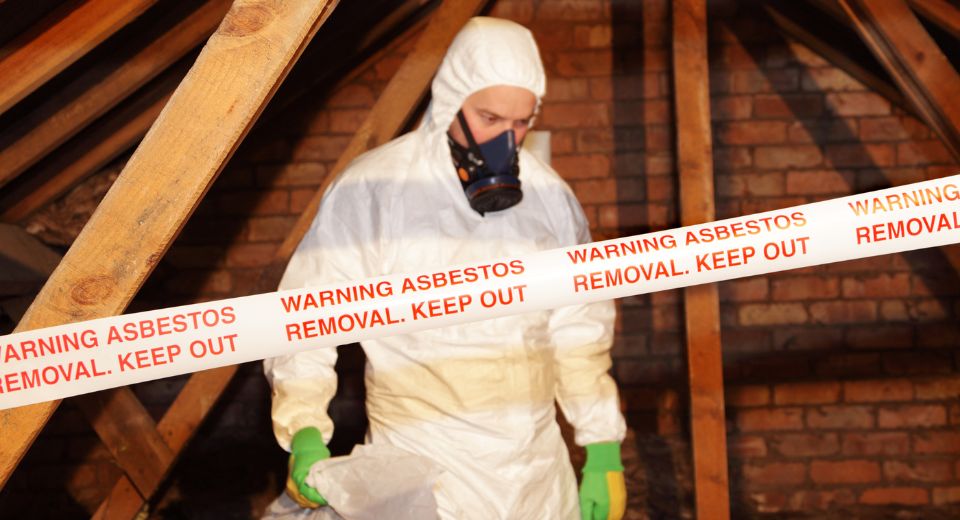Asbestos is a mineral fiber that was once commonly used in construction materials due to its strength, heat resistance, and insulating properties. However, prolonged exposure to asbestos fibers can lead to severe health risks, including various cancers and respiratory diseases. Understanding the signs, symptoms, causes, prevention, and diagnosis of exposure is crucial in safeguarding public health.
What is Asbestos?
Asbestos refers to a group of naturally occurring minerals found in rocks and soil. Its properties made it valuable in industries such as construction, automotive, and manufacturing. Asbestos is resistant to heat, chemicals, and electricity, making it an ideal component for insulation, fireproofing, and strengthening materials.
Signs and Symptoms of Asbestos Exposure
Recognizing the signs and symptoms of exposure is essential for early detection and seeking medical attention. However, these symptoms might not appear until years after exposure. Common indications include:
- Shortness of breath: Difficulty in breathing or a persistent cough.
- Chest pain: Pain or tightness in the chest.
- Chronic cough: A persistent cough that worsens over time.
- Wheezing or hoarseness: Unusual sounds while breathing or speaking.
- Fatigue: Persistent tiredness or weakness.
- Loss of appetite or weight loss: Unexplained changes in eating habits or weight.
Causes of Exposure
Exposure occurs primarily through inhalation or ingestion of its microscopic fibers. Individuals working in industries using asbestos or living in buildings containing asbestos materials are at risk. According to the EPA, asbestos fibers can be released into the air by the disturbance of asbestos-containing material during product use, demolition work, building or home maintenance, repair, and remodeling.
Prevention of Exposure
Preventing exposure is crucial in minimizing health risks. Consider the following preventive measures:
- Identify and handle asbestos-containing materials: Hire professionals for proper identification and safe removal of asbestos in buildings.
- Use protective gear: Workers exposed to asbestos should use appropriate personal protective equipment (PPE) such as masks, gloves, and suits.
- Avoid DIY asbestos removal: Never attempt to remove materials without proper training and equipment.
- Regularly maintain asbestos-containing materials: Ensure they remain intact and undisturbed to prevent fiber release.
Diagnosis of Exposure
If exposure is suspected, seek medical advice promptly. Diagnosis typically involves:
- Physical examination: Evaluation of symptoms and medical history.
- Imaging tests: X-rays, CT scans, or MRIs to detect abnormalities in the lungs or chest.
- Biopsies: Removal and examination of tissue samples to confirm asbestos-related diseases.
Understanding the dangers of exposure and taking proactive measures is vital in preventing associated health risks. Recognizing the signs, avoiding exposure, and seeking medical evaluation are crucial steps in safeguarding against the harmful effects of asbestos.
Exposure, its causes, symptoms, and prevention methods are critical topics that demand attention. By spreading awareness and adhering to safety protocols, individuals can significantly reduce the risks associated with asbestos-related illnesses.
Remember, if there’s a suspicion of exposure, asbestos symptoms, or related health issues, consulting a healthcare professional is imperative for proper diagnosis and treatment.
Author: Ryan Pham, PA-C


